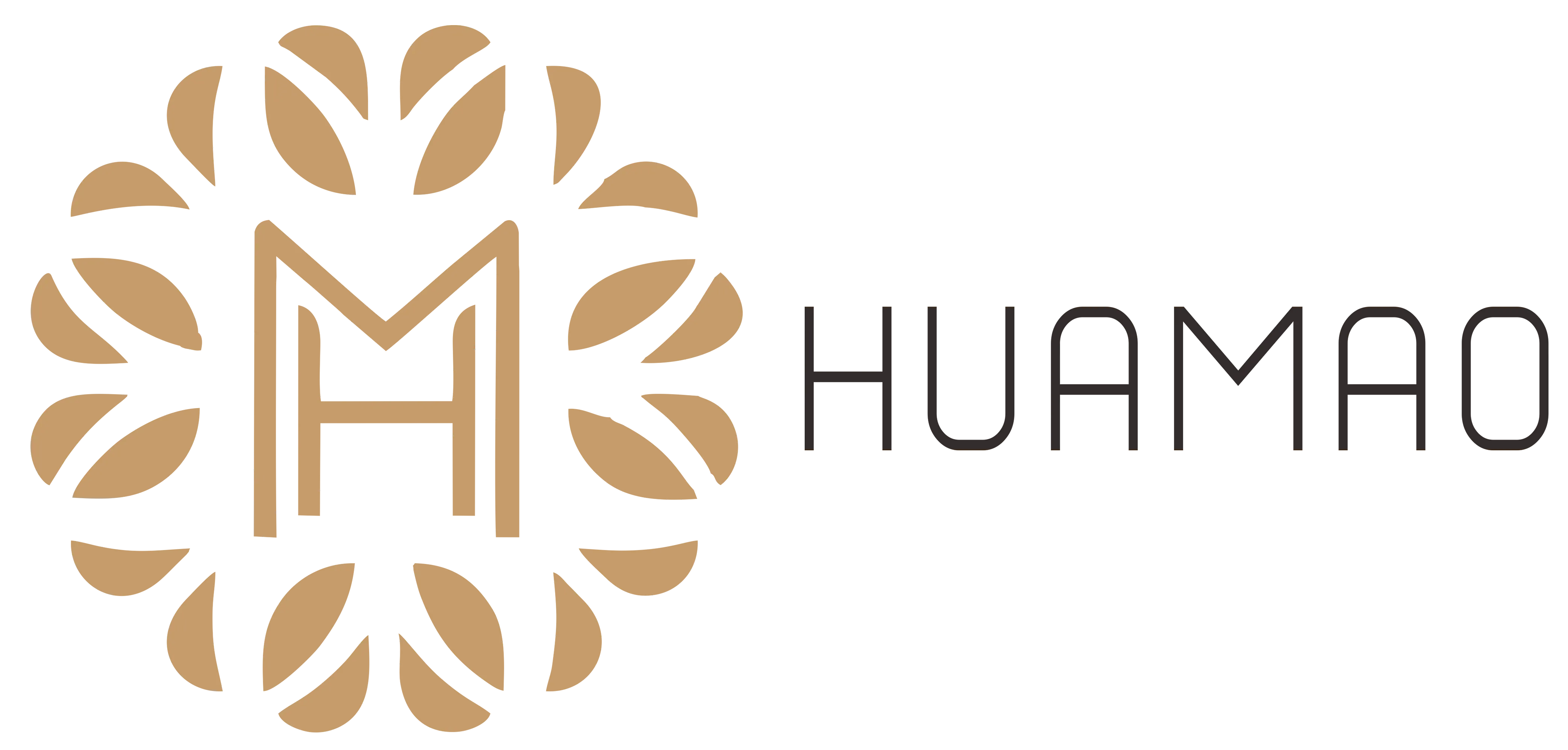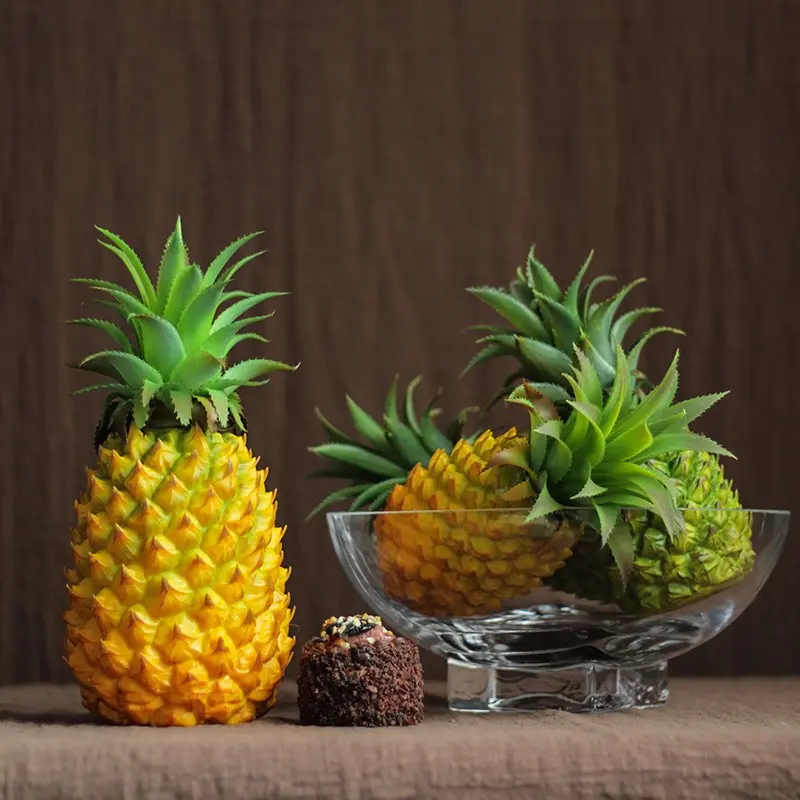Are artificial plants suitable for outdoor use?
In recent years, artificial plants have gradually become an important element of environmental decoration in commercial, home, office and other places. With the continuous innovation of technology, the types and quality of artificial plants are also continuously improving. So, are artificial plants suitable for outdoor use?
1. Advantages and limitations of artificial plants
Artificial plants have advantages that natural plants cannot surpass in many aspects, especially in outdoor conditions, but they can overcome some shortcomings of natural plants:
Outdoor plants often face problems such as bad weather, pests and lack of water, while artificial plants do not require daily watering, pruning or fertilization. Even in drought or cold environments, artificial plants can maintain their appearance.
Strong durability: Some artificial plants are designed for outdoor use and can withstand bad weather.
Whether it is hot summer or cold winter, artificial plants can maintain their color and shape.
Although artificial plants have many advantages, they also have some limitations, especially in outdoor environments. For example:
Despite long-term technological advances, some low-quality artificial plants are still easy to identify, especially under sunlight, the difference in color and texture will expose the "identity" of artificial plants.
Artificial plants cannot provide the functions that natural plants can, such as absorbing carbon dioxide, releasing oxygen, and improving air quality. Therefore, although artificial plants can be used for decoration, they cannot replace the environmental protection role of real green plants.
2. Technological innovation of artificial plants suitable for outdoor use
In order to overcome the above limitations, the manufacturing technology of artificial plants has been continuously innovated in recent years, especially in the changes in materials and processes, which has significantly improved the applicability of artificial plants in outdoor environments.
Application of high-performance materials
UV-resistant materials
Ultraviolet rays are an important factor affecting the performance of artificial plants in outdoor environments. Traditional plastic plants will fade and crack over time, so more and more manufacturers are beginning to use UV-resistant materials such as high-density polyethylene (HDPE) and polypropylene (PP). These materials have strong UV resistance and can effectively extend the service life of artificial plants. Even under sunlight, they can keep the colors bright and look new.
Nano-coating technology
In recent years, nanotechnology has been widely used in the production of artificial plants. By applying a special nano-coating on the surface of the plant, the water resistance, stain resistance and weather resistance of the plant can be significantly improved. This technology can keep artificial plants in good condition under long-term rain erosion, wind and sand attacks or humidity changes.
Improvement of simulation technology
Advanced simulation technology makes artificial plants more realistic in appearance. Through 3D printing and highly precise mold manufacturing, the details of artificial plants such as leaves and flowers have become more refined, and the color and texture are closer to real plants. In addition, some high-end artificial plants also use texture imitation technology on the surface, making their touch similar to natural plants.
Breakthrough in environmental protection technology
As people's environmental awareness gradually increases, many artificial plant manufacturers pay attention to the environmental protection of materials. In the past, many plastic materials used in artificial plants would have an impact on the environment, but now more and more artificial plant manufacturers have begun to use recyclable materials and use biodegradable plastics to make artificial plants, reducing the negative impact of artificial plant materials on the natural environment.
3. Application scenarios of artificial plants
As artificial plant technology gradually advances, their application scenarios have become more extensive. The following are the main functions of several artificial plants in outdoor environments:
Landscape design
In urban landscape design, artificial plants are often used as part of greening decoration, especially in places that are not suitable for plant growth, such as busy city squares, roof gardens, etc. Artificial plants can provide a green atmosphere in these places and reduce dependence on natural plants.
Commercial space and public places
For commercial spaces such as shopping malls, catering places and public places, artificial plants have high practical value. These places often require a lot of greening decoration, and artificial plants can provide beautiful visual effects without considering issues such as light and water sources, and the maintenance cost is low.
Roof and balcony greening
With the increase in the height of urban buildings, roof greening has gradually become a trend. Due to the special environmental conditions in these places, traditional plants are difficult to grow and the maintenance cost is high, so artificial plants have become an ideal alternative. Especially in areas where the heat island effect is serious, artificial plants can not only provide greenery, but also effectively improve the visual environment.
Leisure vacation and tourist attractions
In some leisure vacation and tourist attractions, artificial plants are gradually used for scenic spot layout and scenic spot shaping, which can enhance the natural atmosphere of the scenic spot, reduce labor cost management, and ensure that tourists can enjoy beautiful green landscapes in any season.
Fourth, future trends: intelligence and sustainability
With the continuous advancement of artificial plants in technology, artificial plants in the future will be more intelligent. Intelligent sense and Internet of Things technology will make artificial plants not only as decorations, but also have functions such as environmental monitoring and automatic adjustment. Sustainable materials and production processes will also make artificial plants more advantageous in environmental protection and long-term use.
Five, Conclusion
In general, whether artificial plants are suitable for outdoor use depends on the technical level and material quality used. With the continuous development of material improvement, simulation technology, environmental protection technology and intelligent technology, modern artificial plants have been able to adapt well to the outdoor environment, providing people with both beautiful and low-maintenance solutions. Although artificial plants cannot replace the advantages of natural plants in ecological and environmental functions, their role in beautifying space, reducing maintenance costs, and providing four-season greenery has been favored by more and more outdoor environments.
In the future, with the continuous development of technology, the application scenarios of artificial plants will be more extensive, and its innovation in environmental protection, intelligence and other fields will also promote the development of this industry in a more sustainable direction.
If you are ready to order artificial plants, then you have come to the right place. We are a company with 24 years of simulation experience and advanced technology. The company has 100,000 sets of molds, mainly producing artificial flowers, trees, and leaves. Years of industry experience and professional production technology are your best choice. The equipment produces highly simulated artificial plants, such as realistic lotus and lotus leaf series, Phalaenopsis series, Calla lily series, Anthurium series and simulated trees.










